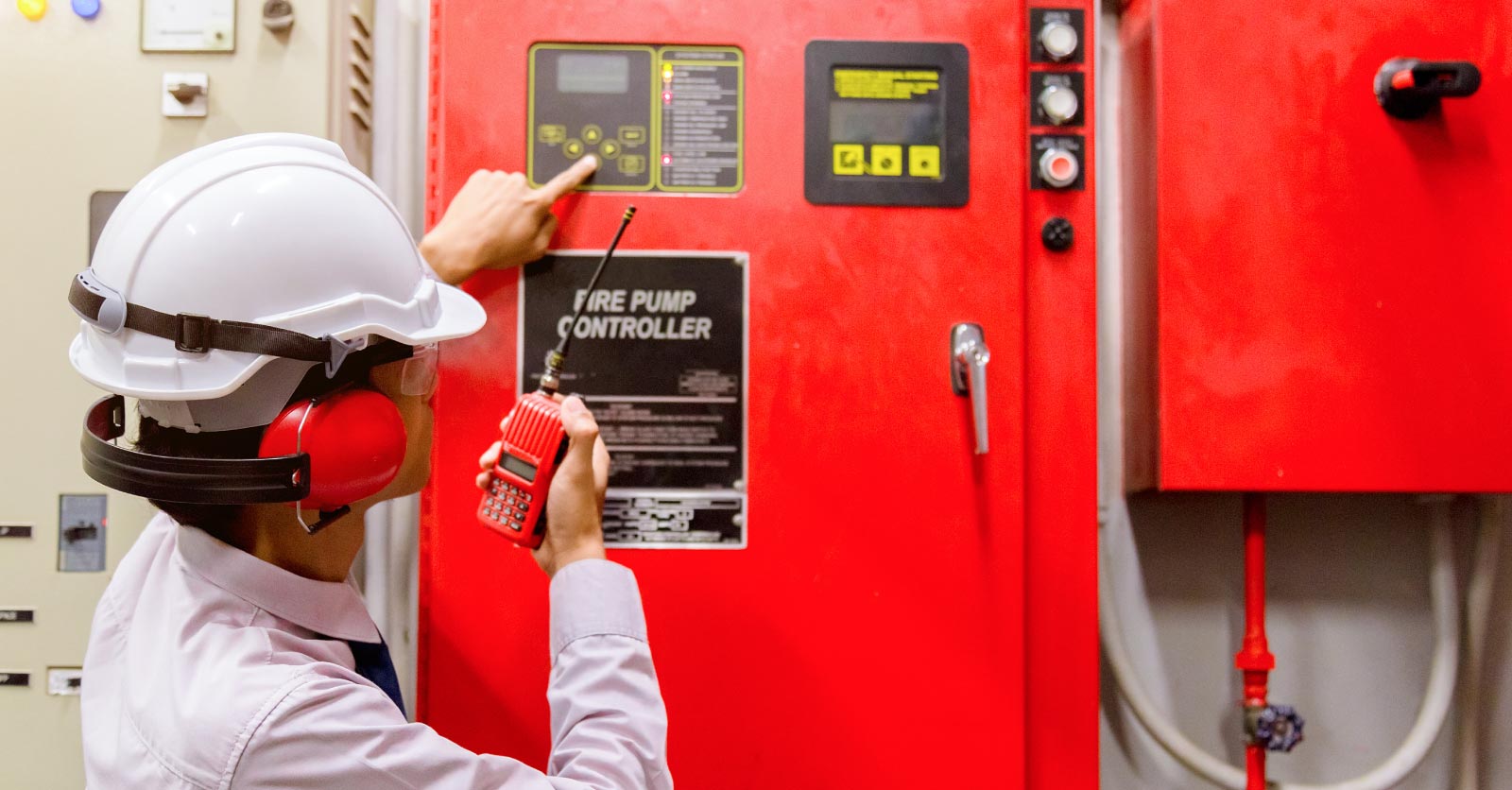Published October 9, 2015

 Simple inspections can avoid disaster
Simple inspections can avoid disasterPSI was called in to perform an inspection of the sprinkler system at a local nursing home. We never expected to see this:
A few years ago, we were contracted to perform a sprinkler inspection at a nearby elderly health care facility. The building was five or six years old, and had been inspected by another contractor prior to our inspection. As usual, our service technician began by going through his normal test routine to purposefully activate the alarm system to ensure that it was working properly. He was attempting to recreate a situation where the system would “trip” and call for water to extinguish a fire. To his amazement, once opened, only a small dribble of water came out of the test connection when there should have been a full flow of water. So, he began looking for a restriction in the piping that would cause the flow to be so small.
First, he reviewed the previous inspection log kept on the client’s facility and did not find any non-conformity listed in any of the inspection reports. Then, he began to take a closer look at the interior sprinkler piping system. Soon, he realized that the existing situation had been that way since the building was originally occupied. Had the sprinkler system been activated as a result of a fire, there would have been very little water flowing through the system—offering little or no fire protection.
Upon hearing this, PSI’s Service Manager treated the situation as an emergency. We immediately began by tracing the underground sprinkler main by sending a snake-able camera into the main water supply line. It was at this point that our service tech found a valve that was closed, preventing the water supply from flowing through the fire protection system. Upon further investigation, it became evident that the valve had been shut since the original landscaping had been completed—before the building had been occupied. We unearthed the valve and secured it to remain open and operational. Proper water flow was established and the building’s fire alarm system was activated.
Learn more about automated sprinkler inspection services
Fortunately, the building had experienced no fire incident up to that time. The tenants—many of whom are bed-ridden and incapable of walking—would surely have been injured (or worse) had a fire occurred at the facility.
Health care facilities are designed with modern quick-response sprinklers. The fire protection systems are designed to not only protect the building, but to specifically protect the occupants by quickly containing a fire and preventing “flashover.” Flashover is the most dangerous time of a fire. This is when heat from the growing fire is absorbed into the upper walls and contents of the room, heating up the combustible gases and furnishings to their auto-ignition temperature. This build-up of heat in the room triggers flashover and causes the room to burst into flames.
Because of the way we perform our inspections—the questioning attitude of our service tech and the importance given to a seemingly simple sprinkler system inspection—we prevented a situation that could have resulted in life and property loss.
Why trust your inspection services to an amateur? We’ve been servicing our clients’ needs since 1971. Our fully-trained and experienced staff is available by calling us at 508.644.2221 or by email at info@PipingSystemsIns.com. Visit our web-site at: www.PipingSystemsIns.com to learn more about how we service our clients.